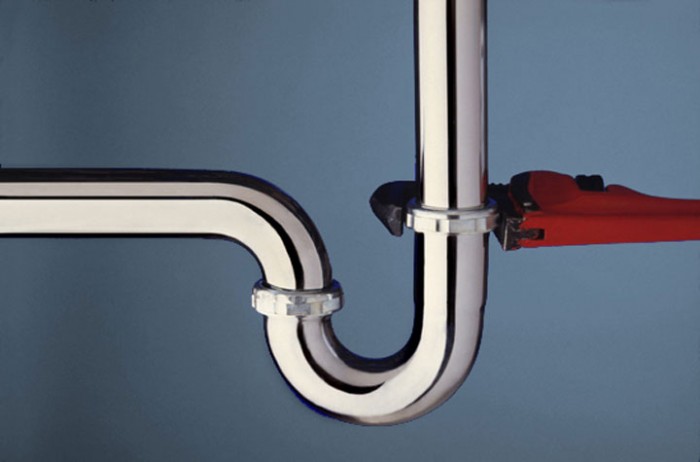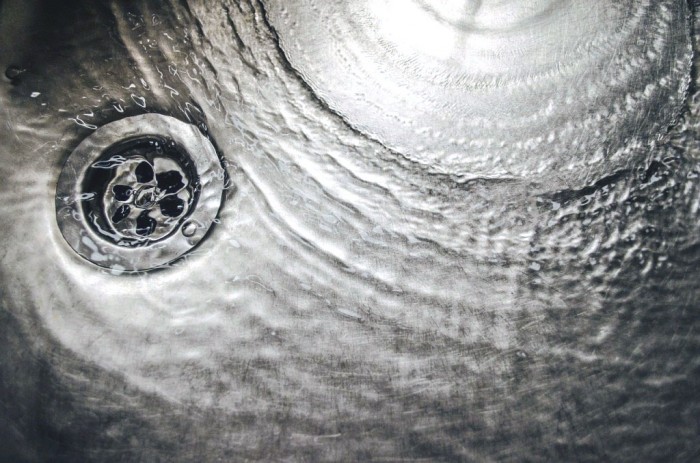From heating up your home, to the constant supply of water available, plumbing is such an important aspect of ensuring our homes function as they should do. We have included some frequently asked questions and answers to give you a little bit more information about plumbing, and why it is so important to ensure you maintain the plumbing in your home.

1. Do I need a plumber if I have more than one blockage in my property?
No, if it is a single blockage in a domestic property it would be a plumbing job, however if there is more than one blockage, you will need to consult one of our drainage experts. The only exemption to this is a commercial property, as all blockages will have to be dealt with by a drainage expert.
2. How do I know if I have more than one blockage in my domestic property?
If you are unsure, check if everything else in the property is free flowing. If it is, then you only have one blockage which our expert plumbers will be able to resolve both quickly and efficiently.
3. My radiator is cold at the bottom – what does this mean?
If you have noticed that your radiator feels cold at the bottom and is not emitting heat when the central heating itself is turned on, this can suggest that you have a build-up within the radiator, which will often require a power flush.
4. What is a power flush and how can it improve my central heating system?
Power flushing the radiators in a property can take up to 20 minutes per radiator, depending of the size. Power flushing consists of flushing through the whole central heating system with water mixed with a cleaning agent at high velocity, but at a low pressure.
5. What are the two main types of taps?
There are two main types of taps in which can commonly be seen in homes and commercial properties:
- Conventional Tap
A conventional tap is the more traditional out of the two, and functions by being turned multiple times to either increase or decrease the flow of the water.
- Quarter Turn Tap
The quarter turn tap functions by the handle turning round on a quarter basis. This either open or closes the discs which will increase of decrease the flow of water.

6. What are the differences between single taps and mixer taps?
A single tap will consist of one tap, either conventional or quarter turn. Mixer taps however, consist of two taps, both either quarter turn or conventional.
7. What is a stopcock and what does it do?
A stopcock is a valve used to restrict or isolate the flow of a liquid or gas. In a property there are usually two that can be found. One outside to isolate the water supply, and one inside where the supply enters the property. These provide access to maintenance and can prevent flooding if the domestic water system is pierced.
8. What are the different types of boilers available?
There are two main types of boilers that are available, both have different functions and uses depending on the property and how the customer wishes to control their hot water.
- Combination Boiler: Also referred to as a Combi boiler, a combination boiler supplies both the hot water and heating, however the main difference is that the hot water for the taps is directly fed from the mains, rather than being stored in a tank.
- Conventional Boiler: A conventional boiler heats either hot water or heating, and will have an immersion tank.
9. What is an immersion tank?
An immersion tank contains and heats water in which has been fed from a conventional boiler. Combi boilers do not need an additional tank, therefore this only applies to conventional boilers.
10. What are unvented cylinders and what do they do?
Unvented cylinders work directly from the mains supply of water and are essentially a hot water storage cylinder. As unvented cylinders are fed directly from the mains supply of water, the water pressure and flow will be much stronger, providing hot water at mains pressure to all outlets within the home. This means that you do not have to rely on a pump to maintain the strength of the flow when using hot water outlets or heating systems and high water pressure is a huge benefit for homes with more than one bathroom. Unvented cylinders are usually white in colour and very large.
If you need a plumber, always be sure to use a reputable and professional company such as East London Plumbers to ensure all work is carried out safely and effectively.




